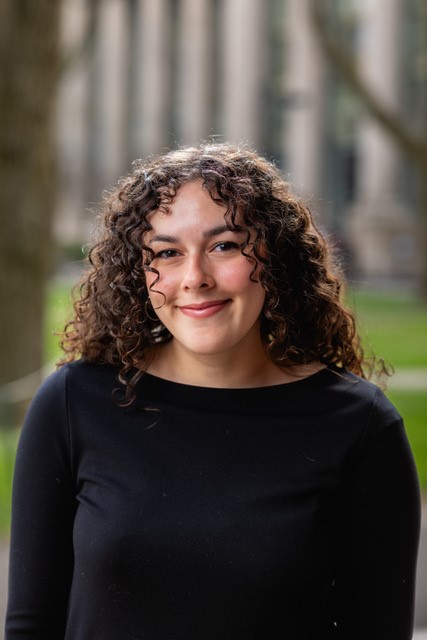By Kate Strickland ’23, Colin Mark ’22, Lorea Mendiguren ’23, and Anselmo Cassiano

In a year that forced the world online, a team from the student practice organization Harvard Law School Negotiators worked throughout the year to transform an existing project to teach high school students the principles of negotiation and active listening into a virtual learning format.
For multiple years, the HLS Negotiators has had a recurring relationship with Cambridge Rindge and Latin (CRL) high school to teach negotiation, active listening, and conflict resolution skills. This program was developed in partnership with Chandra Banks, a conflict mediator at the high school, and allows high school students that engage in conflict mediation within their school’s community to develop relevant negotiation-related skill sets. In previous years, the project—affectionately known to Negotiators as “The Schools Project” —brought students to campus for teaching sessions at Harvard Law School. However, the global pandemic meant these sessions were not taught in 2020.
Determined not to let the pandemic cancel The Schools Project for yet another year, four HLS Negotiators members, project lead Colin Mark, Kate Strickland, Lorea Mendiguren, and MIT researcher Anselmo Cassiano, transformed the existing two-day, in-person curriculum into a series of four modules complete with three role-play activities. Each member of the team has a keen interest in ADR work and in sharing negotiation-related concepts with students. For each class, the team made new materials and did preparation run-throughs with post-class follow-ups to adapt future classes to overcome the challenges the team encountered.
The four-part course aimed to mix experiential learning with presentation of substantive negotiation material. Influenced by the seminal Getting to Yes book on effective negotiating, the team taught CRL students core elements of negotiation in the first class, and the students applied the elements in the full-length role-play negotiation that occurred in the second class. The third class involved a presentation on active listening followed with a partner exercise where the students utilized inquiry, paraphrasing, and acknowledgment. In the final class, the students engaged in a culminating role-play where they were challenged to utilize everything they had learned to negotiate a sports contract deal. Finally, Anselmo presented a celebratory certificate to students for completing the four-part module. Reflecting on the classes, Colin said, “Learning negotiation skills has made me a better communicator, giving me the confidence to advocate for my interests and reach wise agreements. It means a lot to me to share those skills with other students.”
While The Schools Project successfully reached high school students, the remote learning presented its own share of difficulties. Lorea commented, “The most difficult part was ensuring student engagement and interaction, especially because of the difficulty forming tangible relationships with the students online.” The team dealt with inconsistent attendance, as high-schoolers struggled with Zoom fatigue as the students were also attending mandatory school classes remotely. Of the students who participated, some were unable to stay for the whole class because of Internet instability and personal challenges. Further, the team grappled with the impersonal nature of online learning and the logistical difficulties in ensuring students were prepared for class ahead of time. However, the team learned from these difficulties. Kate said, “After teaching our first virtual curriculum, we now know a few tweaks and strategies we can take to increase student engagement in a virtual environment such as prioritizing the development of strong lines of communication with the high school students between classes, increasing the use of cameras as a norm, and more ice-breakers with students to bolster comfort and participation.”
In the coming year, The Schools Project looks to expand the number of students it reaches by seeking partnerships with other schools in Cambridge and the Greater Boston Area. While the team hopes to be able to teach in person in the upcoming year, incoming project lead Kate commented, “The pandemic allowed us to be more flexible geographically, and with everything we have learned this past year, I am excited to explore options to collaborate with other high schools throughout the country.”








